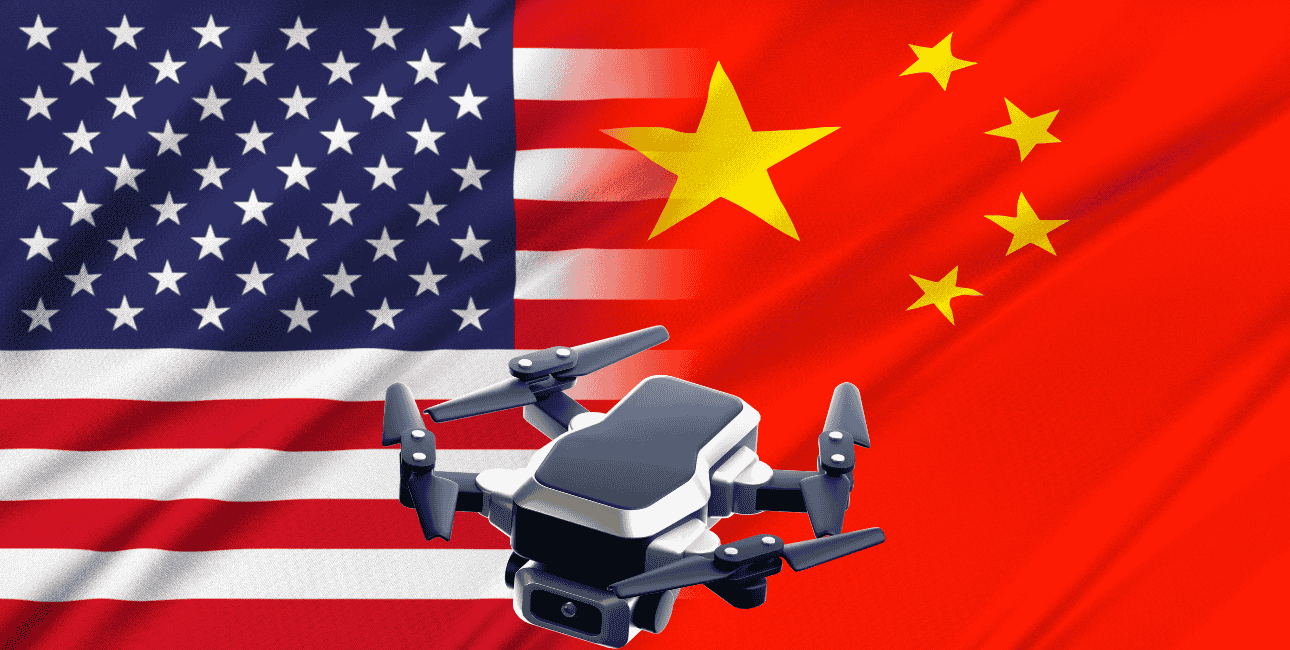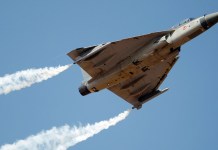Treat drones like bullets and “small munitions more than high-end airplanes.” This was the most crucial message from US Defense Secretary Pete Hegseth as he signed a new memo, signaling far-reaching changes to the Pentagon’s UAV policy, that can have a significant impact on how the US conducts warfare in the coming years and decades.
Launching the US’s boldest military drone modernization effort to date, Hegseth has ordered the removal of any policies that slow down the development and deployment of drones.
Pointing out that drone technology is advancing rapidly and acknowledging that the adversaries of the US are collectively producing millions of cheap drones every year, Hegseth has directed the US armed forces to equip combat units with a wide range of low-cost drones.
Notably, this year, Russia has set a target of producing four million drones, while Ukraine is aiming to produce 4.5 million drones.
Hegseth blamed the red tape of previous administrations for the US military units lacking lethal combat drones required by modern warfare.

“I am rescinding restrictive policies that hindered production and limited access to these vital technologies, unleashing the combined potential of American manufacturing and warfighter ingenuity,” he wrote.
The memo makes far-reaching changes to the US drone policy.
The Tectonic Shift In US Drone Policy
Supporting US Drone Industry: In the memo, Hegseth demonstrated a commitment to protecting and developing the US’s domestic drone industry.
“Our overt preference is to Buy American…we will power a technological leapfrog, arming our combat units with a variety of low-cost drones made by America’s world-leading engineers and AI experts,” Hegseth wrote in the memo.
“Within 30 days, the Office of Strategic Capital and Department of Government Efficiency will present options, including advance purchase commitments, direct loans, or other incentives called for in Reference (a) that accelerate the growth of the U.S. industrial base to outfit our combat units with cheap and effective U.S.-made UAS.”
Reforming US Drone Procurement Process: Hegseth suggested that building drone dominance is not just a technological race, but it also demands fundamental reforms in processes and procurement strategy.
“Drone dominance is a process race as much as a technological race. Modern battlefield innovation demands a new procurement strategy that fuses manufacturers with our frontline troops,” he wrote.
It is also important to train as we are expected to fight, he said, adding that “to simulate the modern battlefield, senior officers must overcome the bureaucracy’s instinctive risk-aversion on everything from budgeting to weaponising and training.”
“Lethality will not be hindered by self-imposed restrictions, especially when it comes to harnessing technologies we invented but were slow to pursue.”
Drones for Every US Army Squad: Hegseth directed every US Army squad to be armed with small, one-way attack drones by the end of fiscal 2026. Further, he encouraged the troops to modify small drones as necessary in the field.
Impact On US Drone Infrastructure

- Sumit Ahlawat has over a decade of experience in news media. He has worked with Press Trust of India, Times Now, Zee News, Economic Times, and Microsoft News. He holds a Master’s Degree in International Media and Modern History from the University of Sheffield, UK.
- VIEWS PERSONAL OF THE AUTHOR.
- He can be reached at ahlawat.sumit85 (at) gmail.com




